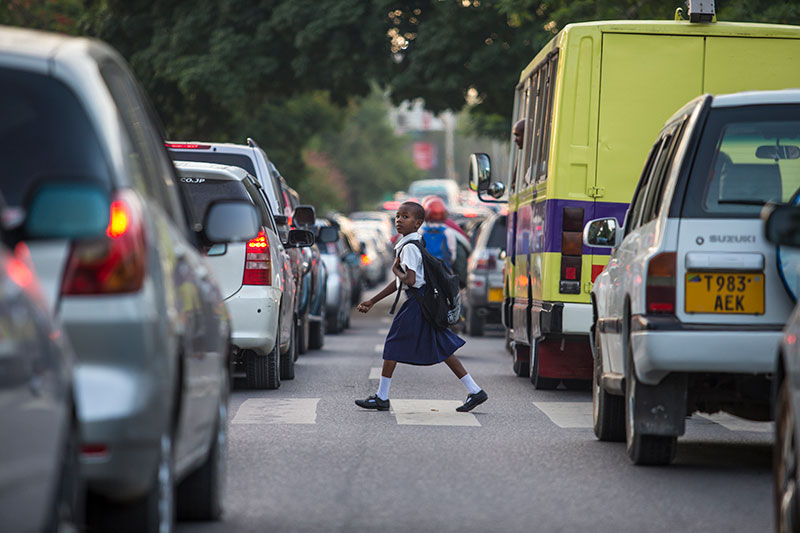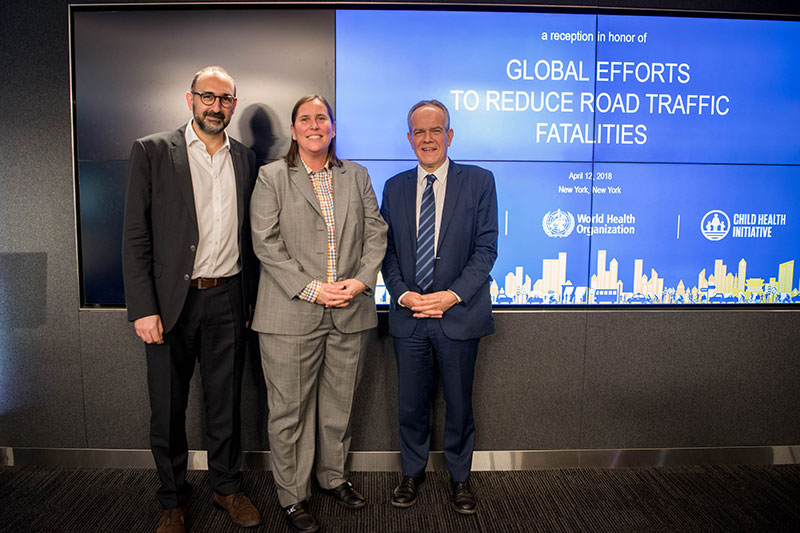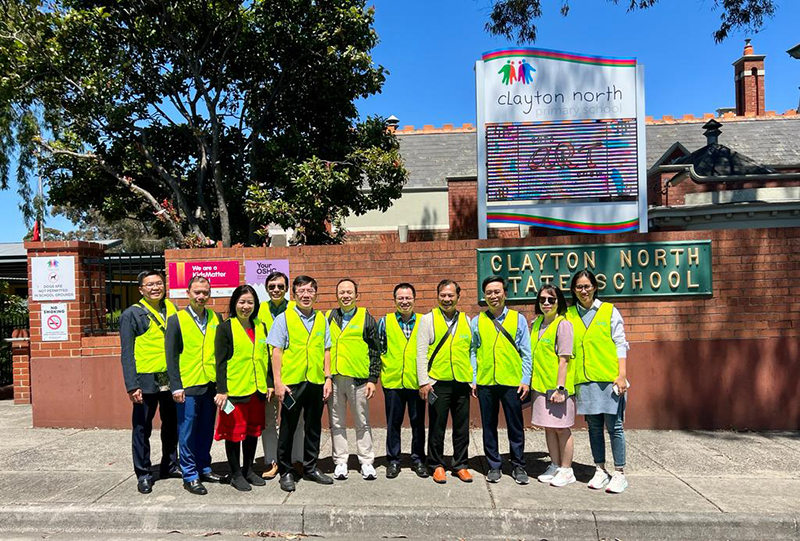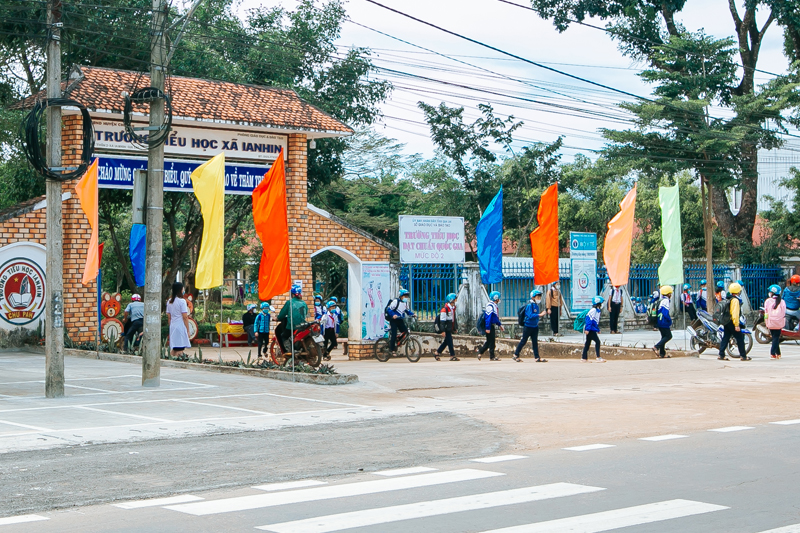Streets for Kids initiative puts children at the heart of urban design






Streets for Kids, a new programme to develop technical guidance and advance street design, has been launched by the National Association of City Transportation Official’s Global Designing Cities Initiative (NACTO-GDCI) thanks to funding from the FIA Foundation, Botnar Foundation, Bernard van Leer Foundation and Bloomberg Philanthropies.
Children of all ages should be able to learn, play, and move around their city, but this will only become a reality if urban planners place them at the heart of the decision-making process. Streets are dangerous places for kids: 500 children die each day in road crashes in cities around the world. Daily activities like commuting to school and travelling around a city are often unpleasant, dangerous and stressful. In the course of a typical day, children and their caregivers are exposed to speeding traffic, hazardous obstacles, blocked or non-existent sidewalks, and unhealthy vehicle pollution, all of which place their physical and mental wellbeing at risk.
Street designs that consider the perspective and needs of children and their caregivers can go a long way toward improving our overall safety and quality of life. Local practitioners are looking for guidance on strategies to reclaim their streets and make them safer, more comfortable, and inspiring places for kids to interact with each day. Through the Streets for Kids program, NACTO-GDCI will develop a child-focused supplement to the Global Street Design Guide, which will help to inspire leaders, inform practitioners, and empower communities to consider the city from the eyes of a child. The Global Street Design Guide, published in 2016, set a new global standard for designing urban streets that prioritize pedestrians, cyclists, and transit riders. To date, the Guide has been endorsed by 37 cities and 25 organizations worldwide.
The Streets for Kids supplement will build on this proven approach, capturing international best practices in designing streets and public spaces that are safe and appealing to children from their earliest days. The supplement will highlight key design strategies, programs, and policies that cities have used to create spaces that provide meaningful interactions for children with their caregivers and their built environment, and for improving safe and sustainable mobility options. It will outline approaches to improving streets in various contexts around the world for our most vulnerable users while including opportunities for engaging children in the design process.
In the second phase of the program, NACTO-GDCI will work directly with practitioners to reimagine and redesign the valuable real estate of their streets to support safe, comfortable, healthy, and inspiring environments for all children. Using guidance and specifications from the Streets for Kids supplement, NACTO-GDCI will work directly with select international cities to design and implement demonstration projects.
The launch of the programme was hosted by Bloomberg Philanthropies in New York City. FIA Foundation Executive Director Saul Billingsley joined Kelly Larson, Director of the Bloomberg Philanthropies Initiative for Global Road Safety, and Dr Etienne Krug, Director of Injury Prevention at the World Health Organization, to celebrate this new approach to urban design that will put every child’s wellbeing at the heart of our cities. The new programme not only brings NACTO-GDCI into the Child Health Initiative (CHI), but also unites CHI with the Botnar Foundation, Bernard van Leer Foundation and Bloomberg Philanthropies to complete this ground breaking new project.
“In communities across the world there is a growing appetite for healthy streets where children can walk, cycle, play, meet friends and...be children,” said Saul Billingsley, speaking at the launch. “Our Child Health Initiative partners use demonstration projects to advocate for safe, child friendly urban design and to show that cost-effective solutions are readily available. We’re delighted to expand this approach by working with NACTO’s Global Designing Cities Initiative to deliver Streets for Kids.”
“The urban street conditions we’ve created for the majority of children around the world are truly unforgivable,” said Skye Duncan, Director of the NACTO Global Designing Cities Initiative. “It’s inexcusable for us to not take action, and the Streets for Kids program will create a clear set of guidelines for designing streets that put safety, environmental health, and social environments at the forefront of how we design our cities for our most vulnerable users.”
The Streets for Kids Program will run until early 2021. For more information, visit https://globaldesigningcities.org/







